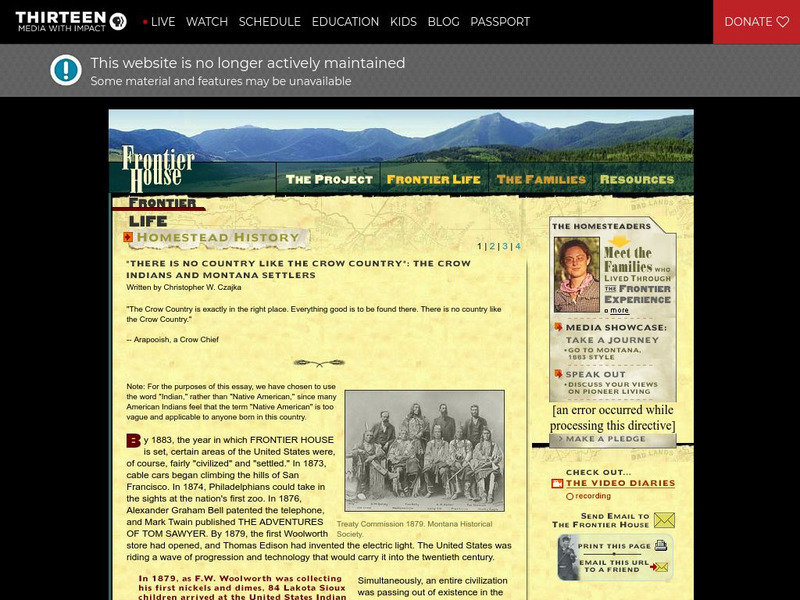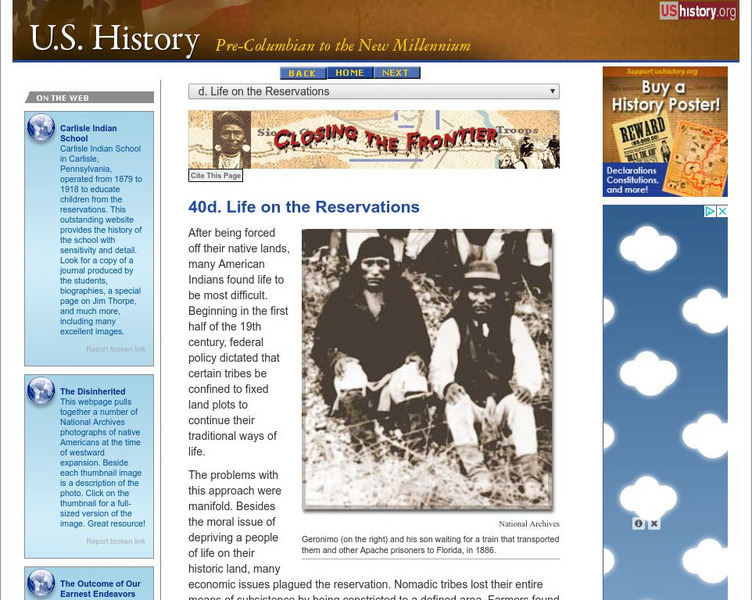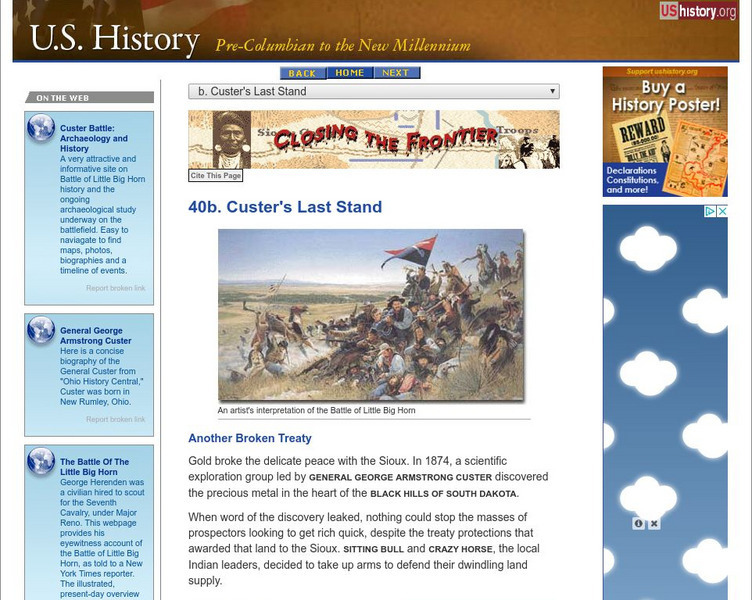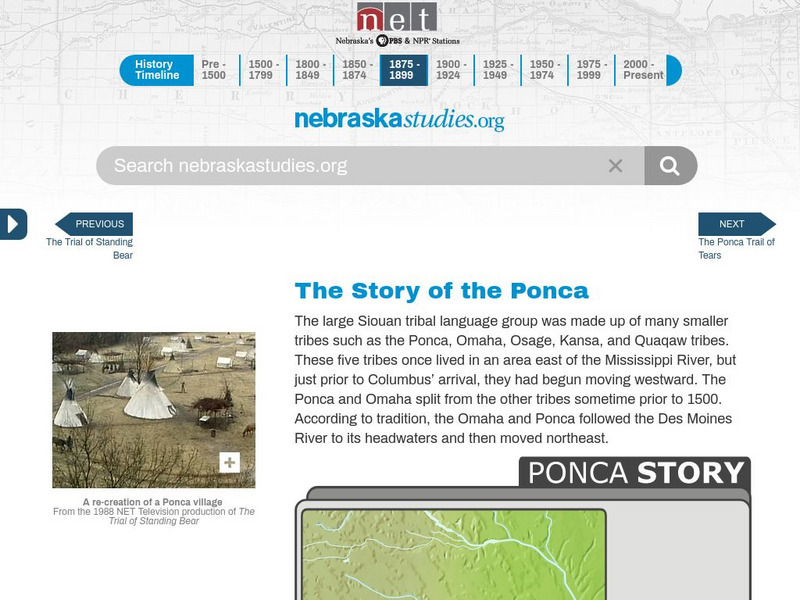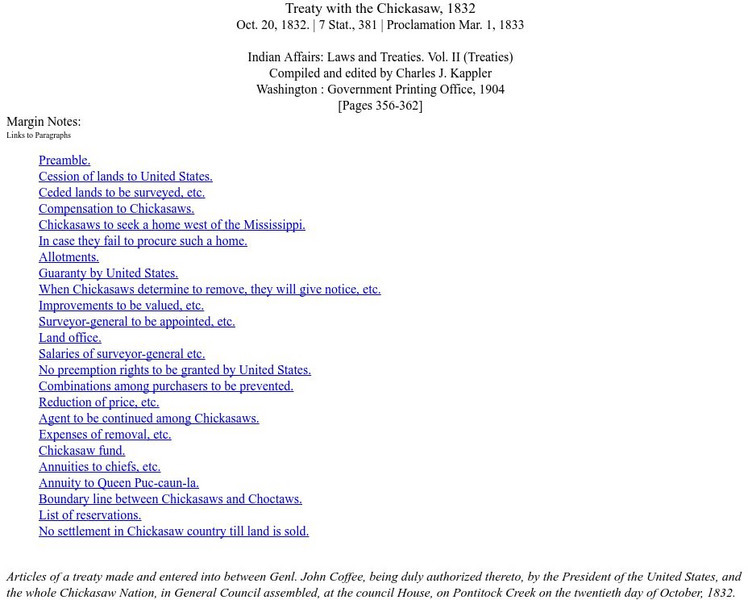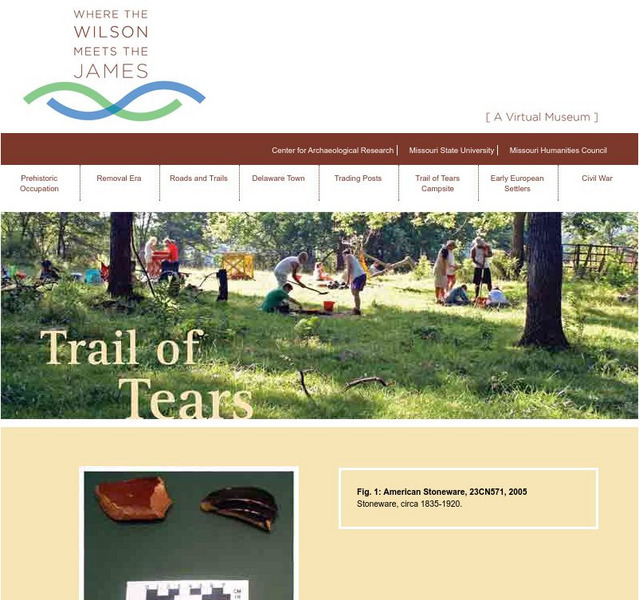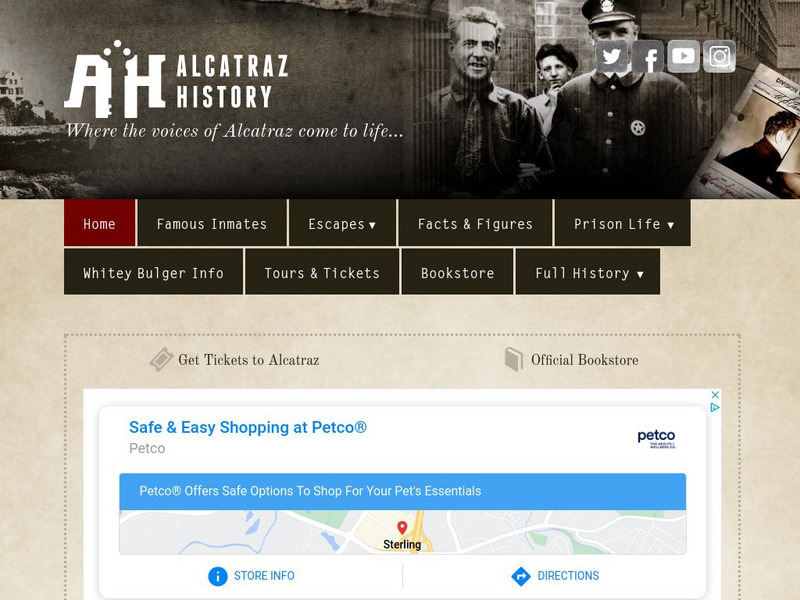Other
U.s. History Timeline: 1865 1900
A thumbnail look at the many things occurring in the United States in the last half half of the 19th century. The topics covered are Gilded Age Politics, the "New Imperialism," Industrial America, Growth of Labor, Urbanization,...
US Senate
United States Senate Committee on Indian Affairs
This website focuses on the U.S. Senate Committee on Indian Affairs.
US Mint
U.s. Mint: We're Going on a Bison Hunt [Pdf]
In this four-part lesson, examine the significance of the Louisiana Purchase and Lewis and Clark's Expedition. Then take the students on a simulated bison hunt to understand the importance of the bison as a food and materials source in...
Independence Hall Association
U.s. History: Native Resistance in the Trans Appalachian West
This site gives a brief look at the Indian alliance built by Tecumseh to confront the U.S. military which wanted to protect the settlers moving west into Indian territory.
Independence Hall Association
U.s. History: The Wounded Knee Massacre
Read about the phenomenon of the Ghost Dance that was causing a religious reawakening with Native Americans in the 1880s. See how this caused the travesty at Wounded Knee Creek where the U.S. Army attacked peaceful Sioux who were trying...
Library of Virginia
Virginia Memory: Blank Space: Mapping the Unknown
How did early maps show the mapmakers' perception of the known world? Early mapmakers used maps drawn from coastal explorations, land travels, and even information heard word of mouth from American Indians or from colonists or traders....
University of Virginia
Miller Center at Uva: u.s. Presidents: Rutherford Birchard Hayes: Domestic Affairs
An in-depth analysis of the domestic policies and problems that Rutherford B. Hayes faced as president. Read about the end of Reconstruction, Hayes' economic policy, his troubles with a Democratic majority in the Congress, and his...
Other
U.s. History on the Web: The Dawes Severalty Act (1887)
Explore how the Dawes Act of 1887 attempted to encourage Native Americans into a life of agriculture and to provide Indian schools which would emphasize agricultural and technical skills.
Missouri State University
Delaware Town: Removal Era
Discussion of the removal of American Indians living east of the Mississippi River beginning in the late 1700s. Initially, these removals were voluntary, resulting from treaty negotiations. In 1830, Congress passed the Indian Removal...
Read Works
Read Works: Tribal Tribute
[Free Registration/Login Required] An informational text about the opening of the National Museum of the American Indian, part of the Smithsonian Institution. A question sheet is available to help students build skills in reading...
Northern Arizona University
Overview of Federal Indian Policy [Pdf]
Since the United States became a nation, federal Indian policy has seen many significant changes. Some of the shifts in policy may, at first glance, seem rather contradictory. However, when considering the underlying assumptions and when...
PBS
Wnet: Thirteen: Frontier Life: The Crow Indians and Montana Settlers
Find out how the Crow Indians were affected by the opening of the Montana Territory to white settlement. From a companion essay to the PBS series, Frontier House.
Curated OER
U.s. Department of the Interior: Southern Plains Indian Museum, Anadarko, Oklahoma
This resource provides a listing of featured artists, including examples of their work and a short biography.
Independence Hall Association
U.s. History: The Trail of Tears: The Indian Removals
The Cherokee were not the only Native Americans affected by the Indian Removal Policy. Read about the Sac and Fox Indians in Illinois, and the Seminole in Florida. In addition, read about the many attempts, including a law suit filed by...
Independence Hall Association
U.s. History: Life on the Reservations
Read about the probems caused by restricting Native Americans to reservations after their collective defeat by the end of the 19th century. See how the Dawes Act tried to address these problems, but only made things worse.
Independence Hall Association
U.s. History: Custer's Last Stand
Read a brief description of General George Custer and his troops engagement with the Sioux at the Little Big Horn River. See what happened to the Sioux, and find out what the general perception of the Indian Wars was to the American public.
Curated OER
Perry Castaneda Map Collection: Map of Early Indian Tribes in the Western u.s.
Map showing the Native American culture areas and the tribes within those cultures in western North America. From the Perry Castaneda collection.
Nebraska Studies
Nebraska Studies: The Story of the Ponca: Broken Promises in Treaties
Part of a larger site, this page deals with the promises made by the U.S. government to the Ponca tribe, but were disregarded over the years.
iCivics
I Civics: Tribal Government
As sovereign nations, American Indian and Alaska Native tribes develop and manage their own governments. This lesson examines the varied structures and functions of tribal government as well as the relationship these nations have with...
A&E Television
History.com: Why This Pioneering Hopi Soldier Has a Mountain Named After Her
Lori Ann Piestewa was the first woman to die on the front lines in Iraq and the first American Indian woman to die serving the U.S. Armed Forces. Piestewa has became synonymous with patriotic Native American sacrifice. In 2008, a...
Other
Tn Gen Web: Treaty With the Chickasaw, 1832
Provides the original text of the treaty with the Chickasaw, which includes their cession of land to the U.S., compensation and allotments.
Missouri State University
Delaware Town: Trail of Tears
Read details about the history of the Cherokee Trail of Tears in Missouri, a major event in U.S. history.
OceanView Publishing
Alcatraz History: Welcome to Alcatraz History
The entire history of the famous Alcatraz prison known as "The Rock," beginning with 1847, when "The U.S. Army took notice of "The Rock" and its strategic value as a military fortress."
Alabama Learning Exchange
Alex: A Prehistoric Connection
This lesson plan is an adaptation of Activity 92 from Project Learning Tree. Learners will research the four prehistoric time periods and compare and contrast them with their lives. By doing this, they will recognize the difference...


![U.s. Mint: We're Going on a Bison Hunt [Pdf] Lesson Plan U.s. Mint: We're Going on a Bison Hunt [Pdf] Lesson Plan](https://content.lessonplanet.com/knovation/original/249025-9f5e44d8a919bd8ec2d9ad8c543a3d75.jpg?1661243093)
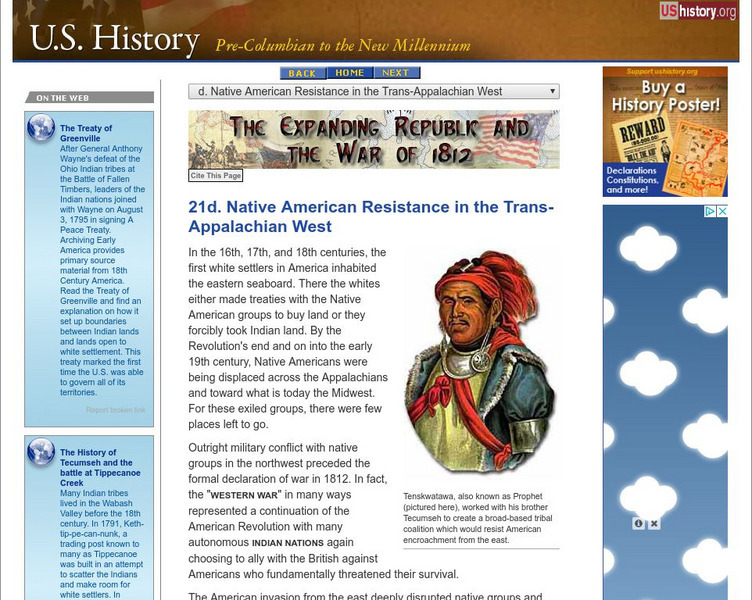
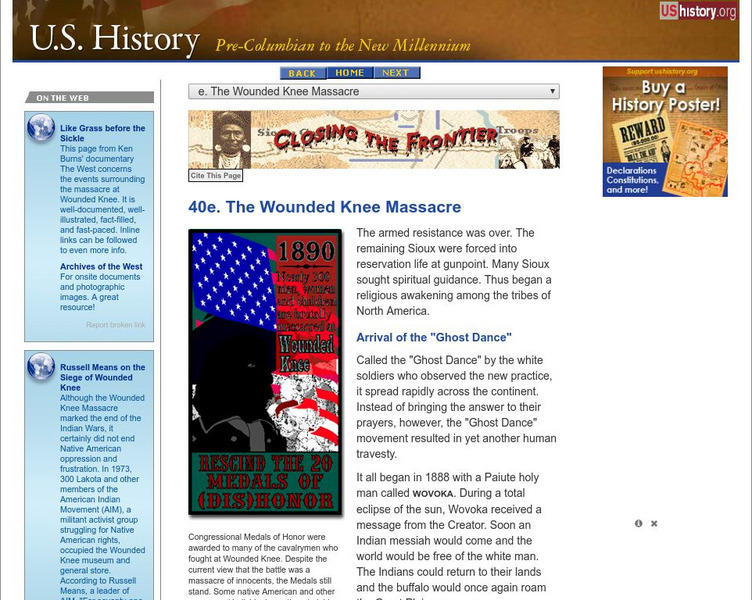

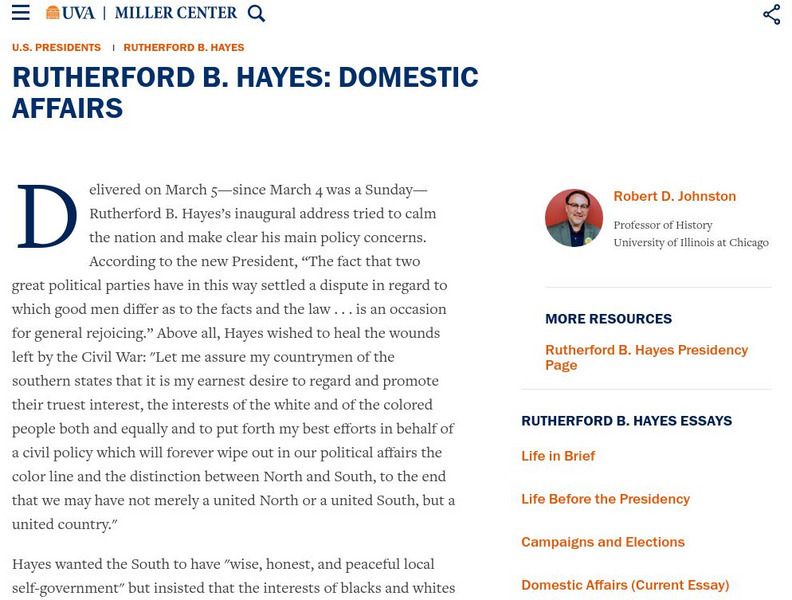


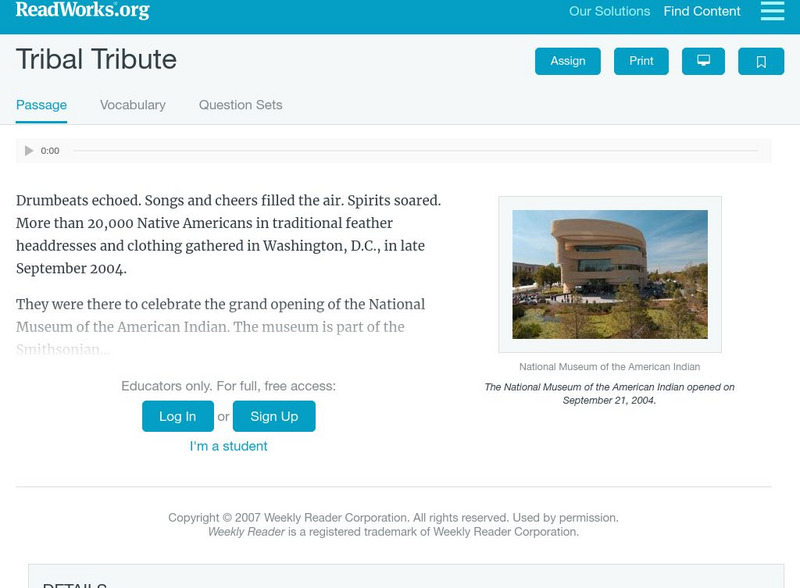
![Overview of Federal Indian Policy [Pdf] PPT Overview of Federal Indian Policy [Pdf] PPT](https://static.lp.lexp.cloud/images/attachment_defaults/resource/large/FPO-knovation.png)
